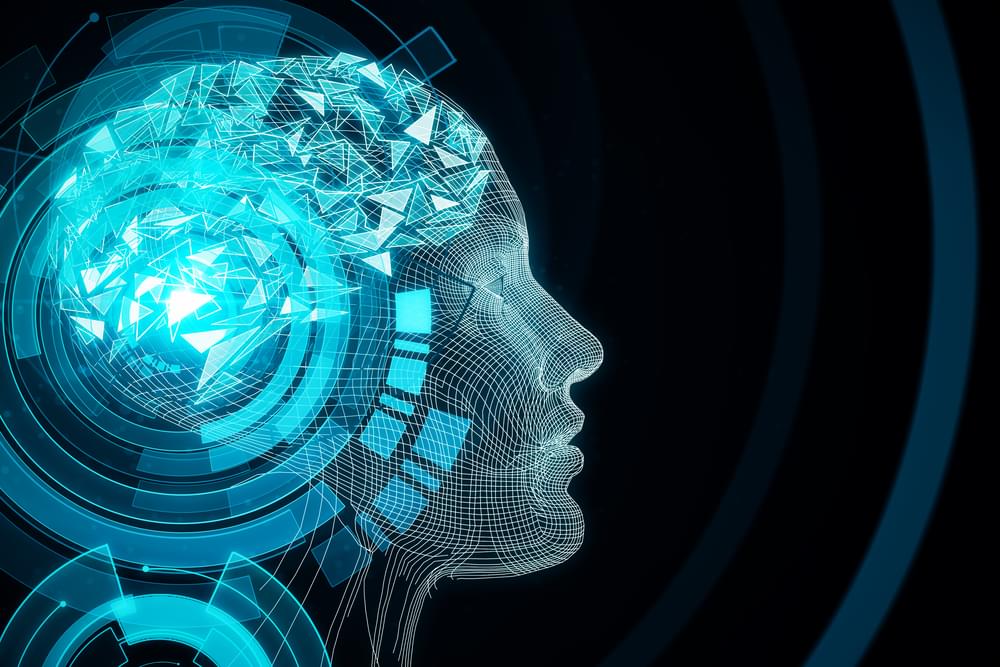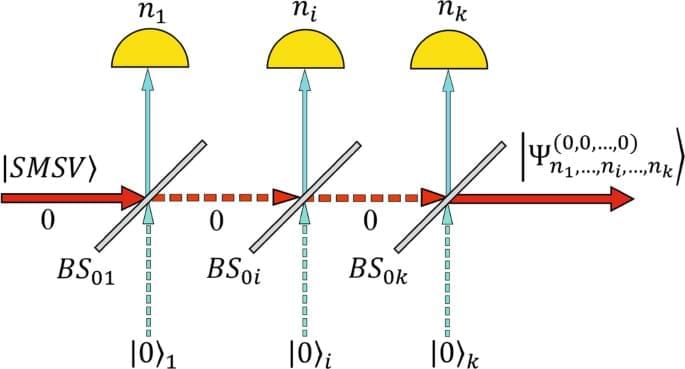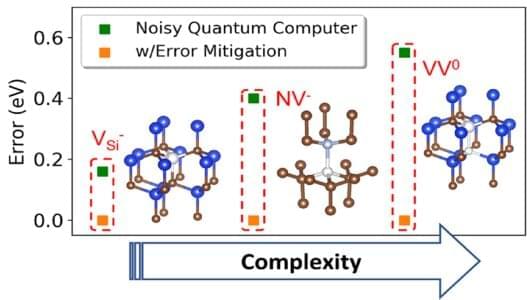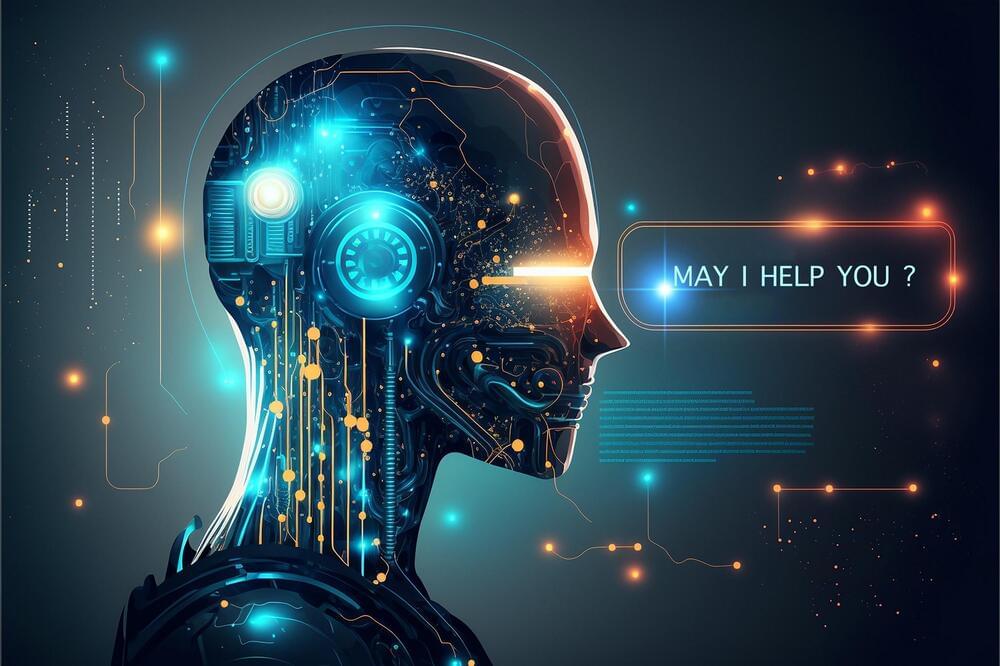Apr 30, 2023
China simulates algorithm to evade US’s sophisticated hypersonic missile defense system
Posted by Dan Breeden in categories: information science, military
People’s Liberation Army (PLA) researchers claim they have created algorithm-based technology to defeat sophisticated hypersonic missile interception systems.
Engineers led by Zhang Xuesong from China’s Strategic Support Force Information Engineering University developed the algorithm that analyzes the trajectory of hypersonic missiles in order to avoid detection by missile defense systems, South China Morning Post (SCMP) reported on Saturday.
The algorithm “can analyze the trajectory of these hypersonic weapons to help them avoid missile defense systems, including advanced systems under development” in the US, claimed the engineers in a paper published in the Chinese journal Common Control and Simulation last month.

















